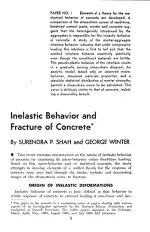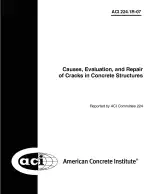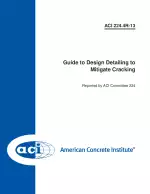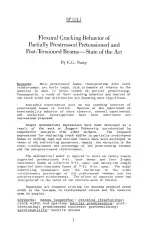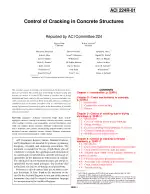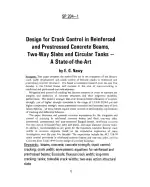Causes, Mechanism, and Control of Cracking in Concrete
Also Known As:
The ACI SP-20:1968 standard comprehensively delves into all aspects related to the causes, mechanism, and control of cracking in concrete. The standard emphasizes the importance of avoiding cracking in certain plain concrete structures, as outlined in contracts. It also highlights the need for meticulous precautions in mass concrete structures to ensure that thermal stresses do not exceed the tensile strength of the concrete during the early stages of the structure's life.
In the context of reinforced concrete, the standard recognizes that cracking is inevitable and at times even induced intentionally. The document covers various factors that contribute to cracking, such as shrinkage, thermal effects, overloading, and design flaws. It presents different mechanisms behind cracking and provides insights into the behavior of cracked concrete.
Moreover, the standard offers guidance on techniques and measures to control cracking in concrete. It includes recommendations for material selection, mix design, curing methods, and construction practices to minimize cracking potentials. By addressing these topics, the ACI SP-20:1968 standard aims to enhance the understanding of cracking phenomena in concrete and provide practical insights for its prevention and control.
| Descriptors | Cracking |
| Language(s) | English |
| File Size | 9.0 MB |

